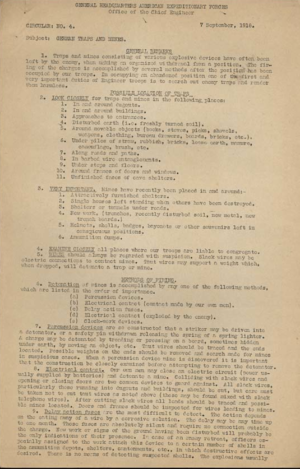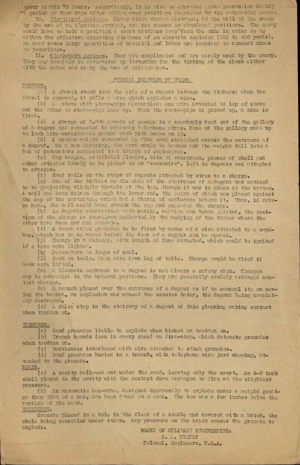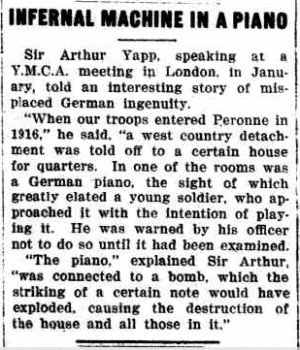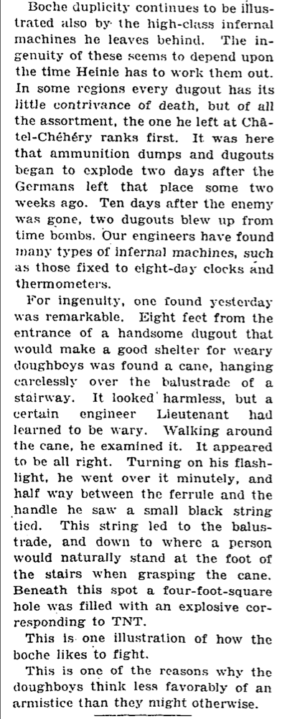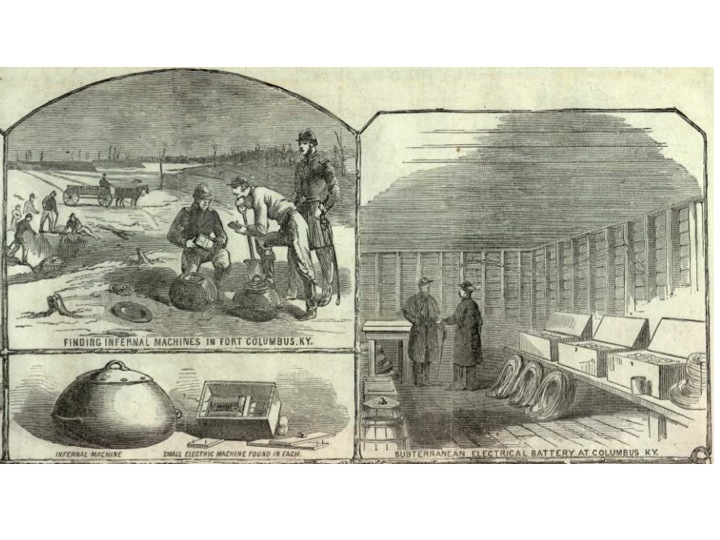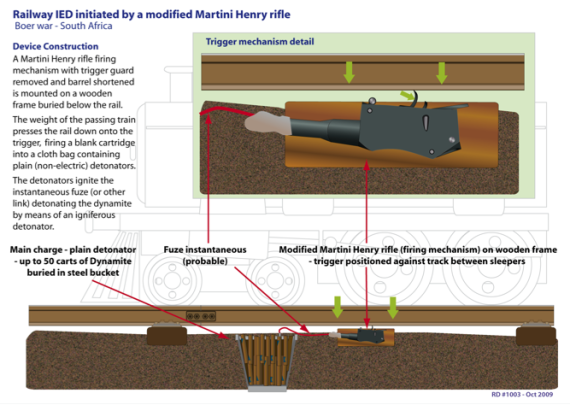As the previous post showed there were some interesting characters who could get away with some pretty individualistic approaches to life in World War Two. I’m reading about another just now, Lt Col Billy McLean, an irregular solider who fought with the guerillas in Abyssinia (Wingate’s Gideon Force) and with the partisans in Albania as part of SOE. Earlier posts discussed how TE Lawrence and Bimbashi Garland, originally based out of the Arab Bureau offices in Cairo took the war to the Turks in WW1 – and it’s clear some of that approach was still extant in Cairo in the Second World War. McLean tells of being trained in IED manufacture at a Commando depot in Egypt, prior to deployment to Abyssinia, and specifically how to blow up trains in the manner of Garland and Lawrence. This, despite the fact that the only train line in Abyssinia, from Djibouti to Addis Ababa, was long since out of service… But as he says this fact did not dampen their ardour and they happily blew up railway tracks every morning.
He was then taught in the classroom how to make postal IEDs. Their instructor facetiously told them to address their real, but practice, IEDs to someone obvious like Mussolini or Hitler. One of the sergeants, a fellow student of McLean laboriously addressed the IED to the commanding officer of his own regiment…. : – )
Beyond this, McLean’s experiences in Abyssinia and Albania have some intersting parrallels with modern day SOF operations, in terms of living alongside, fighting with and commanding and mentoring indigenous troops of variable and frankly sometimes doubtful quality, against a mutual enemy. Such things are not new and there are lessons to be learned, still. But on the other hand, although public flogging of indigenous troops for wasting bullets might have worked for Abyssinia in 1940, it might not work today.
McLean’s “irregular” traits came to the fore – he was arrested by the military police in an Abbysssinian brothel while “consorting with a particularly attractive inmate who did not smell in the least, apart from a faint tinge of garlic on the breath” but the arresting military policeman turned a blind eye for a moment, and McLean (then a young Captain) took that as an invitation to scarper into the night.
There are some wonderful throw away lines in the description of Albanian operations such as “Food was in short supply. Luckily one of the mules died and provided them with meat.”

